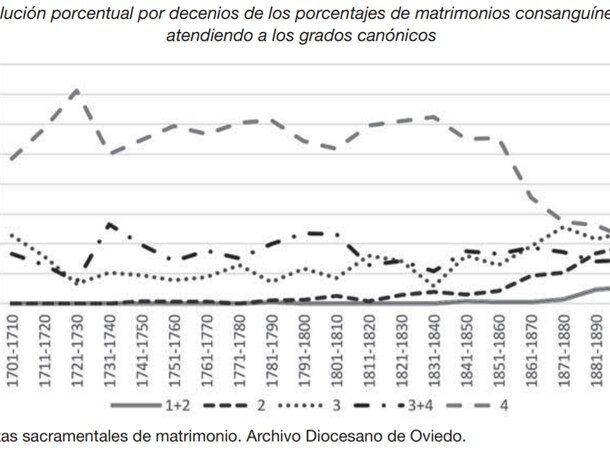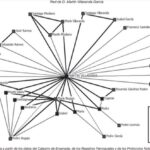
The resource analyses the social impact of Martín Villaranda García as an example of clientelist, family and social reproduction networks. The author investigates Martín’s trajectory since he settled in the municipality of Bermellar (bishopric of Ciudad Rodrigo). There he married María Bogajo and they had 11 children, 8 of whom survived. Of all of them, María’s socially well-positioned father was the godfather of 5; Martín thus reinforced the ties with his father-in-law as a means of penetration and consolidation within society. With the death of Pedro in 1759, Martín saw his possessions increase as he was one of the main heirs. Six years later, in 1764, his wife died and he remarried Rosenda Sánchez Pastor, with whom he had five more children. Martín’s family networks were part of a larger strategy of social reproduction that also included ties of compadrazgo and spiritual ties that helped to underpin his social status (Martín was godfather to 13 children between 1737 and 1762, obtained hidalguía between 1752 and 1757, and was mayor ordinario in 1762 and 1767)
Collection: Graphics
Project: 3. Rural world and urban world in the formation of the European identity., 4. Family, daily life and social inequality in Europe., 9. Travels and travelers: economic, social and cultural connections.
Chronology: XVIII
Scope: Secondary Education, Baccalaureate, University
Link: https://www.adeh.org/revista/2017,%201/3%20Rubio%20XXXV,%201-2017.pdf
Resource type: Graph
Format: Net chart
Source: Rubio Velasco, M. P. (2017). "Inserción social e itinerario vital de forasteros en la Comarca de Ciudad Rodrigo (siglos XVIII-XIX)", en Revista de Demografía Histórica, XXXV, 1, p. 99.
Language: Spanish
Date: 2017
Owner: Pablo Ballesta Fernández (Modernalia)
Copyright: ©Revista de Demografía Histórica ©María Pamela Rubio Velasco
Abstract: Network of relationships connecting Martín Villaranda to other individuals according to family, spiritual and executorial ties
Image
Tags






